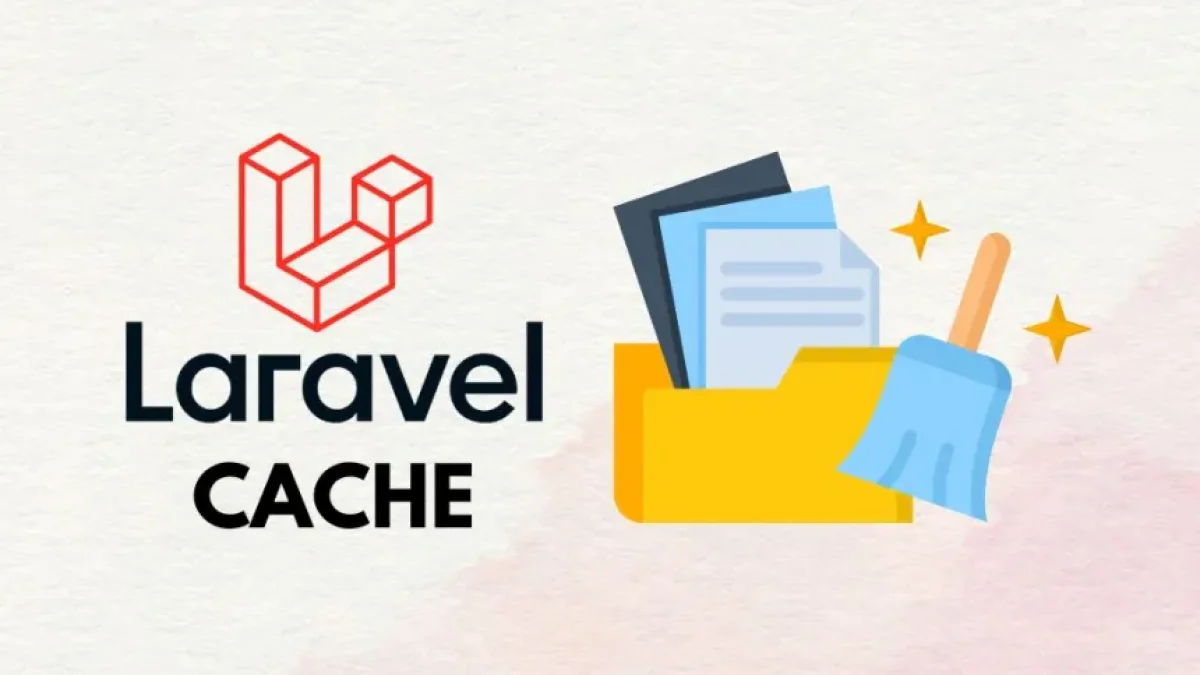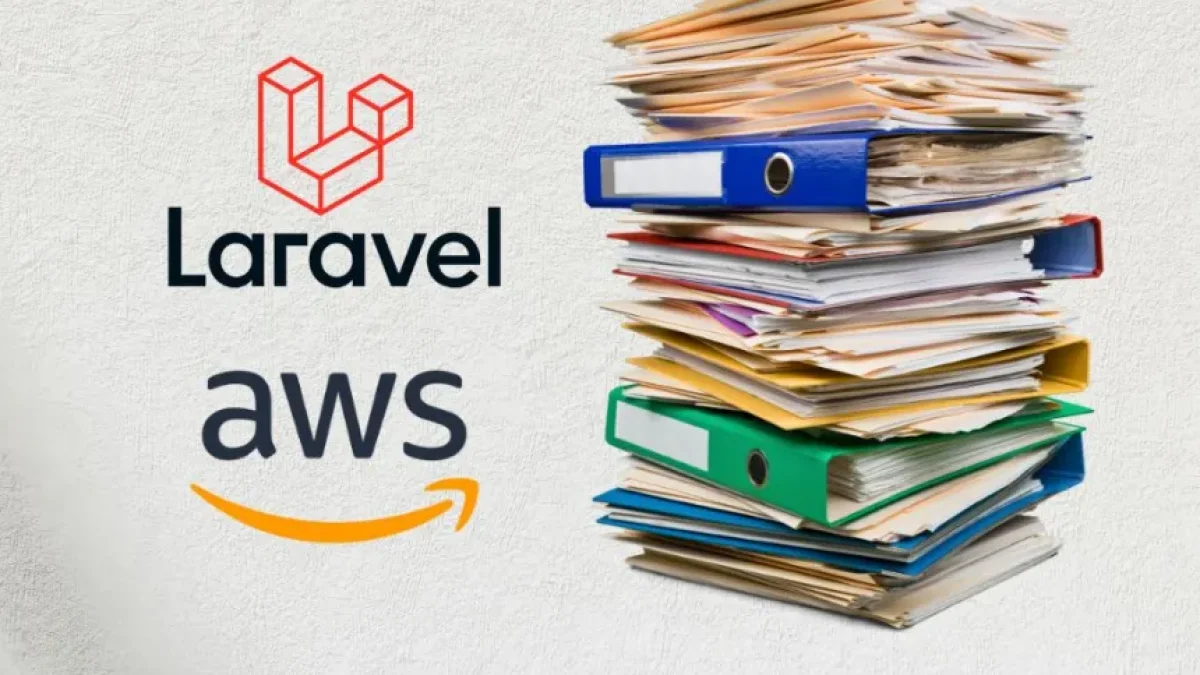Create a custom file system adapter in Laravel.


Laravel is one of the most popular frameworks for web application development in PHP. Its robust architecture and ease of use make it a preferred choice for many developers. A notable aspect of Laravel is its file management system, which is based on the concept of "adapters." In this instance, we will present how to create a custom file system adapter in Laravel, which can help developers optimize file management according to their specific needs.
What is a file system adapter?
File system adapters in Laravel allow developers to interact with different storage systems, such as the local file system, Amazon S3, or even databases. Each adapter implements a set of methods that facilitate file operations, such as uploading, downloading, and deleting files.
Steps to create a custom adapter
1. Set up the environment
Before you begin, ensure that you have Laravel installed and running. You will need a configured development environment, such as Local or Valet. It is also recommended to have access to the Laravel documentation for quick references.
2. Create the adapter
To create a custom adapter, you first need to define a class that extends the base Adapter class. In this class, the necessary functionalities will be provided to interact with the file system you wish to use.
Read also
namespace App\Filesystem;
use League\Flysystem\AdapterInterface;
class CustomAdapter implements AdapterInterface {
// Implement the required methods here
}3. Implement the necessary methods
Within the CustomAdapter class, it is necessary to implement various methods that will allow file management. Some of the most common methods include:
- write(): to create a new file.
- read(): to read the content of an existing file.
- delete(): to delete files.
Each of these methods should handle the specific logic required to interact with the chosen file system.
4. Register the adapter
Once the adapter has been created, it is essential to register it in Laravel's service container. This is done within the AppServiceProvider.php file:
Read also
use Illuminate\Support\ServiceProvider;
use App\Filesystem\CustomAdapter;
class AppServiceProvider extends ServiceProvider {
public function register() {
$this->app->bind('filesystem.adapter.custom', function() {
return new CustomAdapter();
});
}
}5. Use the adapter
Finally, once the adapter is registered, it can be used within Laravel controllers or services.
$filesystem = app('filesystem.adapter.custom');
// Using adapter methods
$filesystem->write('path/to/file.txt', 'File content');Conclusion
Creating a custom file system adapter in Laravel allows developers to tailor file management functionality to the specific needs of their applications. Through a few simple steps, the way files are handled can be optimized, thus improving the efficiency and modularity of the developed applications.
I invite you to keep exploring more useful and practical content related to web development on my blog.



















